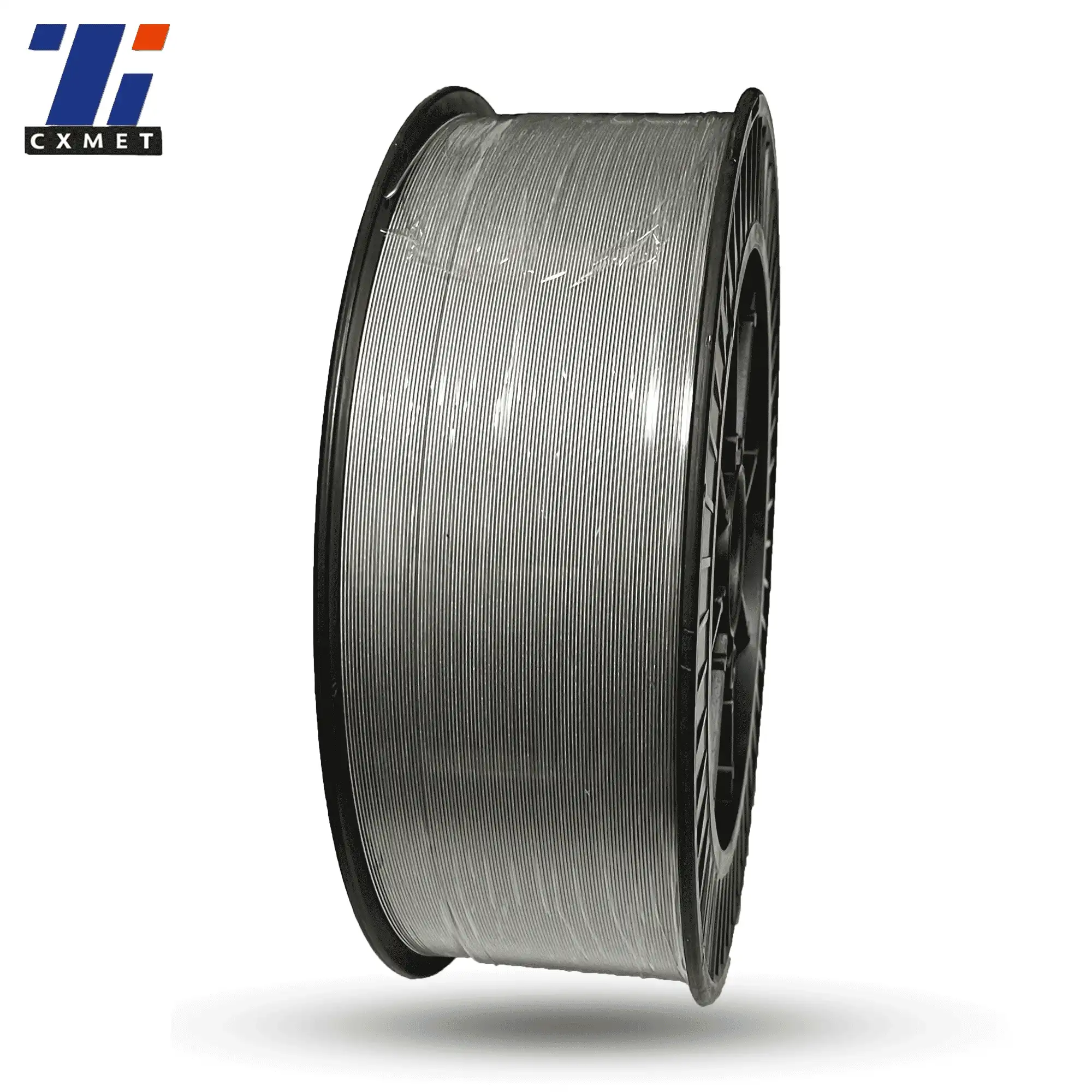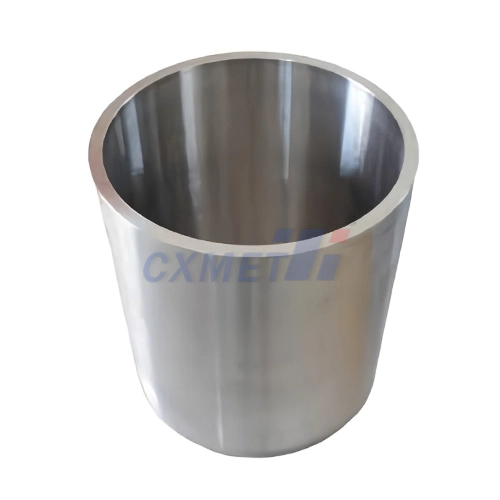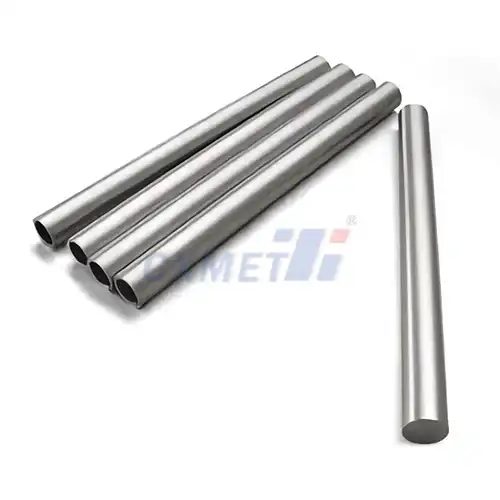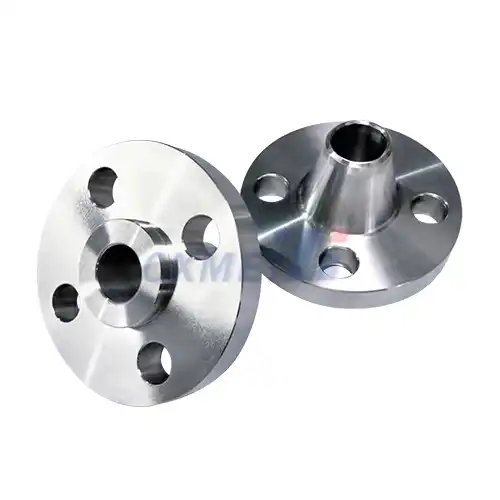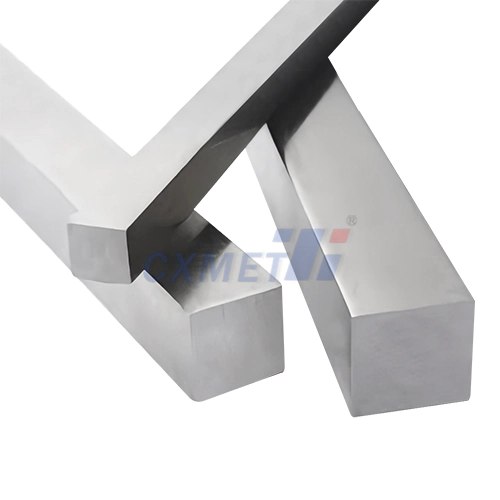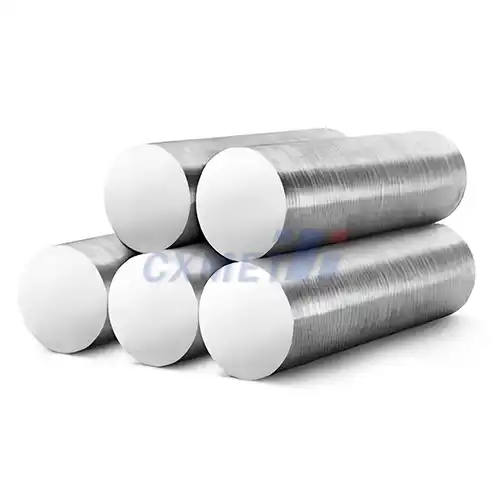- English
- French
- German
- Portuguese
- Spanish
- Russian
- Japanese
- Korean
- Arabic
- Greek
- German
- Turkish
- Italian
- Danish
- Romanian
- Indonesian
- Czech
- Afrikaans
- Swedish
- Polish
- Basque
- Catalan
- Esperanto
- Hindi
- Lao
- Albanian
- Amharic
- Armenian
- Azerbaijani
- Belarusian
- Bengali
- Bosnian
- Bulgarian
- Cebuano
- Chichewa
- Corsican
- Croatian
- Dutch
- Estonian
- Filipino
- Finnish
- Frisian
- Galician
- Georgian
- Gujarati
- Haitian
- Hausa
- Hawaiian
- Hebrew
- Hmong
- Hungarian
- Icelandic
- Igbo
- Javanese
- Kannada
- Kazakh
- Khmer
- Kurdish
- Kyrgyz
- Latin
- Latvian
- Lithuanian
- Luxembou..
- Macedonian
- Malagasy
- Malay
- Malayalam
- Maltese
- Maori
- Marathi
- Mongolian
- Burmese
- Nepali
- Norwegian
- Pashto
- Persian
- Punjabi
- Serbian
- Sesotho
- Sinhala
- Slovak
- Slovenian
- Somali
- Samoan
- Scots Gaelic
- Shona
- Sindhi
- Sundanese
- Swahili
- Tajik
- Tamil
- Telugu
- Thai
- Ukrainian
- Urdu
- Uzbek
- Vietnamese
- Welsh
- Xhosa
- Yiddish
- Yoruba
- Zulu
What are the Typical Applications of Ti-6Al-7Nb Titanium Alloy Wire?
2024-08-16 11:30:58
Ti-6Al-7Nb is an advanced titanium alloy that has gained significant attention in various industries due to its exceptional properties. This alloy, composed of titanium with 6% aluminum and 7% niobium, offers a unique combination of strength, corrosion resistance, and biocompatibility. As a result, Ti-6Al-7Nb titanium alloy wire has found its way into numerous applications, particularly in the medical, aerospace, and industrial sectors. In this blog post, we'll explore the typical applications of Ti-6Al-7Nb titanium alloy wire and compare it to the more widely known Gr5 Ti6Al4V titanium wire.
How does Ti-6Al-7Nb compare to Gr5 Ti6Al4V in medical implants?
Ti-6Al-7Nb and Gr5 Ti6Al4V are both titanium alloys widely used in medical implants, but they have some key differences that make Ti-6Al-7Nb increasingly popular in certain applications. Both alloys offer excellent biocompatibility, high strength-to-weight ratio, and corrosion resistance, which are crucial properties for medical implants. However, Ti-6Al-7Nb has some distinct advantages over Gr5 Ti6Al4V in specific medical applications.
One of the main differences between these alloys is their composition. While Gr5 Ti6Al4V contains 6% aluminum and 4% vanadium, Ti-6Al-7Nb replaces the vanadium with 7% niobium. This substitution addresses concerns about the potential long-term effects of vanadium in the human body. Some studies have suggested that vanadium may have cytotoxic effects, making Ti-6Al-7Nb a potentially safer option for long-term implants.
Ti-6Al-7Nb also exhibits superior osseointegration properties compared to Gr5 Ti6Al4V. Osseointegration refers to the direct structural and functional connection between living bone tissue and the surface of an implant. The niobium in Ti-6Al-7Nb contributes to enhanced bone cell adhesion and proliferation, leading to better integration of the implant with surrounding bone tissue. This property is particularly beneficial in dental implants, orthopedic prostheses, and spinal fusion devices.
Another advantage of Ti-6Al-7Nb is its lower elastic modulus compared to Gr5 Ti6Al4V. The elastic modulus of Ti-6Al-7Nb is closer to that of human bone, which helps reduce stress shielding effects. Stress shielding occurs when an implant takes on a majority of the load-bearing responsibilities, leading to bone resorption and potential implant loosening over time. By more closely matching the mechanical properties of bone, Ti-6Al-7Nb implants can promote better long-term stability and reduce the risk of implant failure.
In terms of fatigue strength, Ti-6Al-7Nb performs comparably to Gr5 Ti6Al4V, making it suitable for load-bearing applications such as hip and knee replacements. The alloy's excellent corrosion resistance in biological environments further contributes to its longevity as an implant material.
While Ti-6Al-7Nb offers these advantages, it's important to note that Gr5 Ti6Al4V remains a widely used and successful implant material. The choice between the two often depends on specific application requirements, manufacturing considerations, and cost factors. Ti-6Al-7Nb is generally more expensive due to the higher cost of niobium compared to vanadium, which may influence material selection in some cases.
What are the aerospace applications of Ti-6Al-7Nb wire compared to Ti6Al4V?
While Ti-6Al-7Nb is primarily known for its medical applications, it also has potential uses in the aerospace industry, although Gr5 Ti6Al4V remains more commonly used in this sector. Both alloys offer high strength-to-weight ratios, excellent corrosion resistance, and good fatigue properties, making them valuable materials for aerospace applications. However, there are some differences in their properties and applications within the aerospace industry.
Gr5 Ti6Al4V is widely used in aerospace for components such as fasteners, turbine blades, engine parts, and structural elements of aircraft and spacecraft. Its combination of strength, lightweight properties, and ability to withstand high temperatures makes it an ideal choice for many aerospace applications. Ti6Al4V wire is often used in the manufacturing of fasteners, springs, and other small components that require high strength and fatigue resistance.
Ti-6Al-7Nb, while less common in aerospace, offers some potential advantages in specific applications. One area where Ti-6Al-7Nb wire could be beneficial is in the production of specialized fasteners or components that may come into contact with the human body. For example, in the design of space suits or medical equipment for use in space missions, the biocompatibility of Ti-6Al-7Nb could be advantageous.
Another potential application for Ti-6Al-7Nb in aerospace is in components that require enhanced corrosion resistance. The niobium content in Ti-6Al-7Nb contributes to improved resistance to certain types of corrosion, which could be beneficial in harsh environments or in parts exposed to corrosive fluids.
Ti-6Al-7Nb wire might also find use in aerospace applications where a lower elastic modulus is desirable. This property could be advantageous in components that need to flex or absorb vibrations without compromising structural integrity. For instance, it could be used in the design of specialized brackets, mounts, or damping elements.
However, it's important to note that the aerospace industry has extensive experience and established manufacturing processes with Gr5 Ti6Al4V. The introduction of a new alloy like Ti-6Al-7Nb would require significant testing, certification, and potentially new manufacturing techniques. This, combined with the higher cost of niobium, has limited the widespread adoption of Ti-6Al-7Nb in aerospace applications.
Despite these challenges, ongoing research continues to explore the potential of Ti-6Al-7Nb in aerospace. As the industry pushes for even lighter and more durable materials, alloys like Ti-6Al-7Nb may find increased use in specialized applications or next-generation aerospace technologies.
How does Ti-6Al-7Nb wire perform in industrial applications compared to Ti6Al4V?
In industrial applications, both Ti-6Al-7Nb and Gr5 Ti6Al4V wires offer excellent properties that make them suitable for various demanding environments. However, their specific characteristics lead to different preferences in certain industrial sectors. Let's explore how Ti-6Al-7Nb wire performs in industrial applications compared to the more widely used Ti6Al4V.
Corrosion Resistance: One of the key advantages of Ti-6Al-7Nb in industrial applications is its superior corrosion resistance. The addition of niobium enhances the alloy's resistance to various corrosive environments, including those containing chlorides and acids. This makes Ti-6Al-7Nb wire particularly useful in chemical processing equipment, marine applications, and oil and gas industries where exposure to corrosive substances is common. While Ti6Al4V also offers good corrosion resistance, Ti-6Al-7Nb may outperform it in certain aggressive environments.
High-Temperature Performance: Both alloys exhibit good strength retention at elevated temperatures, but Ti6Al4V is generally preferred for high-temperature applications in industrial settings. Ti6Al4V maintains its mechanical properties better at temperatures up to about 400°C (752°F), making it more suitable for components in turbines, engines, and other high-temperature industrial equipment. Ti-6Al-7Nb, while still performing well at elevated temperatures, is typically not the first choice for extreme high-temperature applications in industry.
Wear Resistance: Ti-6Al-7Nb demonstrates improved wear resistance compared to Ti6Al4V in certain conditions. This property can be beneficial in industrial applications where components are subject to friction and wear, such as in pump components, valve parts, or specialized bearings. The enhanced wear resistance of Ti-6Al-7Nb can lead to longer component lifespans and reduced maintenance requirements in these applications.
Welding and Fabrication: Both alloys can be welded and fabricated using various techniques. However, Ti6Al4V has the advantage of being more widely used in industry, which means that there is more extensive knowledge and established procedures for its welding and fabrication. Ti-6Al-7Nb may require specialized techniques or parameters for optimal welding results, which could be a consideration in some industrial applications.
Cost and Availability: Ti6Al4V is generally more cost-effective and readily available compared to Ti-6Al-7Nb. This factor often plays a significant role in material selection for industrial applications, especially for large-scale production or when cost constraints are a primary concern. The higher cost of niobium compared to vanadium contributes to the increased price of Ti-6Al-7Nb.
Specific Industrial Applications: Ti-6Al-7Nb titanium alloy wire finds use in specialized industrial applications where its unique properties offer distinct advantages. For example, in the food processing industry, its biocompatibility and corrosion resistance make it suitable for components that may come into contact with food products. In the pharmaceutical industry, Ti-6Al-7Nb wire might be used in equipment where material purity and chemical inertness are crucial.
Overall, while Ti6Al4V remains the more commonly used alloy in industrial applications due to its well-established properties, cost-effectiveness, and wide availability, Ti-6Al-7Nb is carving out its niche in specialized industrial uses. Its superior corrosion resistance, improved wear characteristics, and biocompatibility make it an attractive option for specific industrial applications where these properties are paramount.
As research continues and manufacturing processes for Ti-6Al-7Nb become more refined, we may see increased adoption of this alloy in various industrial sectors, particularly in applications that can leverage its unique combination of properties.
Conclusion
Ti-6Al-7Nb titanium alloy wire offers a unique set of properties that make it valuable in various applications, particularly in the medical field. Its biocompatibility, corrosion resistance, and mechanical properties make it an excellent choice for medical implants and devices. While it has potential in aerospace and industrial applications, Gr5 Ti6Al4V remains more prevalent in these sectors due to its established use and lower cost. As research continues and manufacturing processes improve, we may see increased adoption of Ti-6Al-7Nb in specialized applications across multiple industries.
At SHAANXI CXMET TECHNOLOGY CO., LTD, we take pride in our extensive product range, which caters to diverse customer needs. Our company is equipped with outstanding production and processing capabilities, ensuring the high quality and precision of our products. We are committed to innovation and continuously strive to develop new products, keeping us at the forefront of our industry. With leading technological development capabilities, we are able to adapt and evolve in a rapidly changing market. Furthermore, we offer customized solutions to meet the specific requirements of our clients. If you are interested in our products or wish to learn more about the intricate details of our offerings, please do not hesitate to contact us at sales@cxmet.com. Our team is always ready to assist you.
References:
1. Geetha, M., et al. (2009). Ti based biomaterials, the ultimate choice for orthopaedic implants – A review. Progress in Materials Science, 54(3), 397-425.
2. Niinomi, M. (2008). Mechanical biocompatibilities of titanium alloys for biomedical applications. Journal of the Mechanical Behavior of Biomedical Materials, 1(1), 30-42.
3. Cui, C., et al. (2011). Titanium alloy production technology, market prospects and industry development. Materials & Design, 32(3), 1684-1691.
4. Elias, C. N., et al. (2008). Biomedical applications of titanium and its alloys. JOM, 60(3), 46-49.
5. Rack, H. J., & Qazi, J. I. (2006). Titanium alloys for biomedical applications. Materials Science and Engineering: C, 26(8), 1269-1277.
6. Peters, M., et al. (2003). Titanium alloys for aerospace applications. Advanced Engineering Materials, 5(6), 419-427.
7. Boyer, R. R. (1996). An overview on the use of titanium in the aerospace industry. Materials Science and Engineering: A, 213(1-2), 103-114.
8. Yamada, M. (1996). An overview on the development of titanium alloys for non-aerospace application in Japan. Materials Science and Engineering: A, 213(1-2), 8-15.
9. Lütjering, G., & Williams, J. C. (2007). Titanium (2nd ed.). Springer-Verlag Berlin Heidelberg.
10. Leyens, C., & Peters, M. (Eds.). (2003). Titanium and titanium alloys: fundamentals and applications. John Wiley & Sons.
